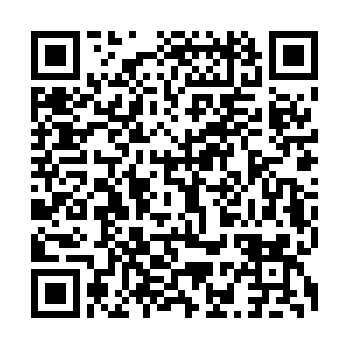I’ve had the fortune to be here in China speaking on mlearning. And there are a couple of interesting revelations that I hadn’t really recognized when I did the same last year that I thought I’d share.
For one, while mobile is everywhere like many places, it’s more here. It seems many people carry more than one phone, for a variety of reasons (one fellow said that he carried another because the battery wouldn’t last all day!). But they’re all phones, I seem to see few tablets. They vary in size from phones to phablets, but they’re here.
Which leads to a second recognition. They are big into mlearning, and elearning. The culture does respect scholarship (no anti-intellectualism here), so they’re quite keen to continue their education. Companies with mlearning courses do well, and the government is investing in educational technology in a big way. It’s not clear whether their pedagogy is advanced (I can’t read Chinese, I admit), but they do get ‘chunking’ into small bits. And, importantly, the recognition of the value of investment is important.
 One other thing struck me as well: QR codes live! They’re everywhere here. They used them during my workshop to run a lottery, and to answer some polling questions on demographics of the audience. They’re in the restaurants as a start to the payment process. And they’re scattered around on most ads. They have an advantage that they seem to have mastered the art of having an app that systematically recognizes them (it’s built into the ubiquitous social media app, WeChat).
One other thing struck me as well: QR codes live! They’re everywhere here. They used them during my workshop to run a lottery, and to answer some polling questions on demographics of the audience. They’re in the restaurants as a start to the payment process. And they’re scattered around on most ads. They have an advantage that they seem to have mastered the art of having an app that systematically recognizes them (it’s built into the ubiquitous social media app, WeChat).
Establishing the consistent use of a standard can help build a powerful, and valuable, ecosystem. I can wish that the providers in the US would work and play together a little bit more! There may be better alternatives, but getting consistently behind one standard makes the investment amortize effectively.
I’m pleased to see that mLearning is taking off, and had fun sharing some of the models that I think provide leverage to rally take advantage. Here’s to getting going with mobile!
I thought the QR thing dying out here was odd. For a few years there they were everywhere – now they seem to be pretty uncommon. But they don’t really seem to have been replaced by anything that fills the same niche. Did we just find that Americans didn’t use them at all, and so decide that nothing was needed in that kind of “public, portable link” affordance?
I don’t really know the answer Rob. I think one factor was finding a reliable app that read them (and remembering which it was). The only thing that’s replaced them is a URL that you have to type in, but people are making them very short. I think the QR code is faster/easier, but we didn’t build it into any mainstream app. I don’t know the history (which came first), but it’s built into WeChat, which is pretty much *the* social network tool. That may have helped.